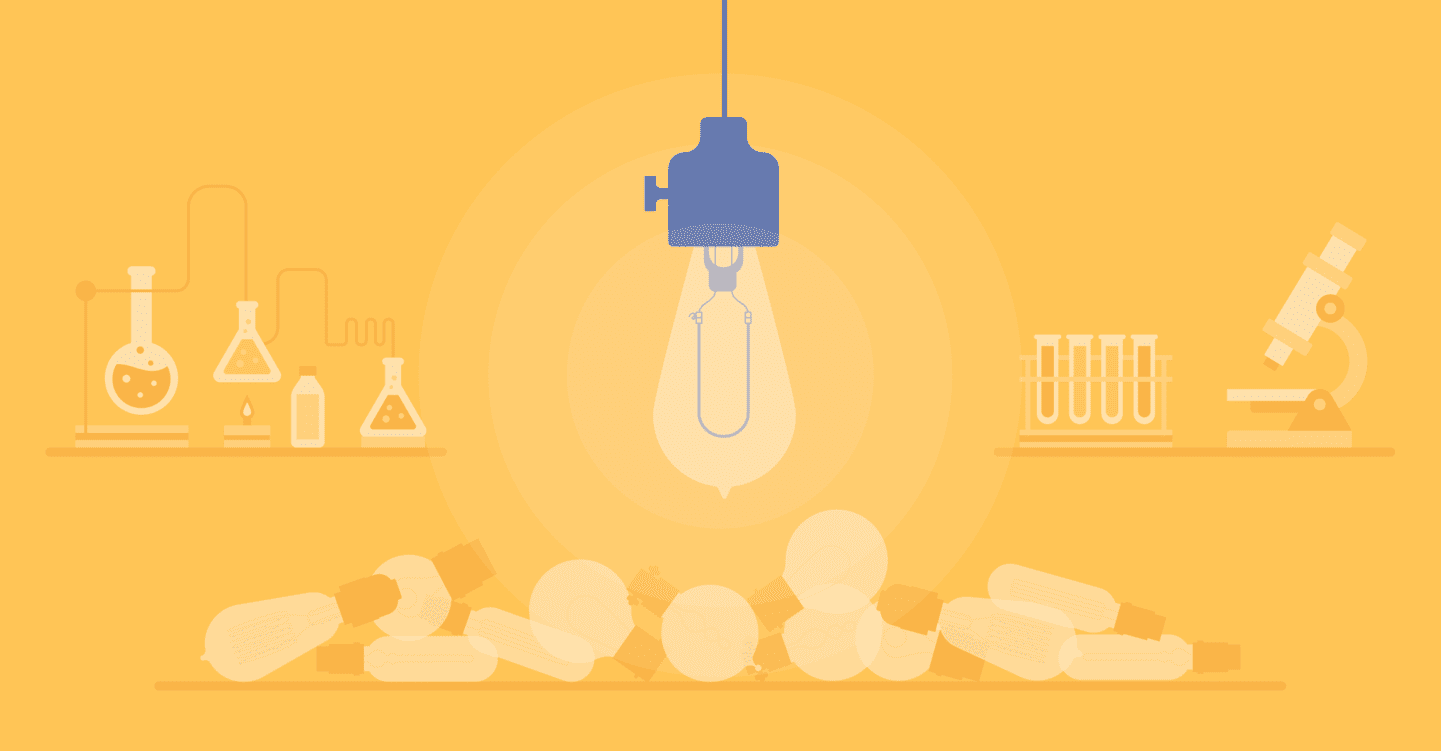From an early age, we are taught that failure is a bad thing. You should never fail exams, you aim to pass them; you don’t become something in life through a series of floundering events, you work hard to succeed and keep winning.
So when the Agile concept of “failing fast” is met with wide eyes and a spattering of bad publicity, is that really such a surprise? After all, surely we should all be striving towards success, not failure.
To be fair, such an assumption is indeed perfectly logical, yet allow us to reframe the matter by focusing on a case in point: Thomas Edison. You see, before finally succeeding at perfecting his light bulb, it is said that the inventor was first destined to see it fail — not once, not twice, but approximately 1,000 times.
Refocusing
To understand this concept, therefore, it is helpful to draw our attention to the second and oft-overlooked word, as in the context of Agile development, failing fast is much less to do with the “failing” part, and a lot more about agility.
In other words, the mantra recognises that failure is just a natural part of living. Instead of cowering in fear of it, we should empower ourselves to take bold, decisive action, staying vigilant for any defects that may crop up along the way and being willing to shift gears as soon as the need is made evident.
This, as it turns out, not only is phenomenal entrepreneurial advice, but may also be extended to all aspects of our daily existence, from corporate decision making to personal and interpersonal skills.
A few examples
Take Starbucks, for instance. When the company was first launched back in 1971, their coffee shops were modelled after typical Italian cafés — complete with bow-tie-clad baristas, fancy opera music, posh menus written partially in Italian, and most bizarrely of all, no seating!
Disappointingly, the move proved to be a no-go with the general American public, but Starbucks were left undeterred. Upon realising this, the company promptly responded by pulling the plug on their original strategy and developing the iconic ambience that it is known for today.
Another example is that of Google. In 2009, the internet giant released their greatly hyped but equally short-lived Google Wave. At the time, the product marketed itself as “the future of email.” Unfortunately, however, its complex structure and largely unfamiliar UI eventually meant the system was nothing but a total failure. Nonetheless, the lessons learned then served as inspiration for the modern and hugely successful Google Docs.
Failing fast at Software Planet
Similarly, at SPG, we aim to make use of this same fail-fast approach as often as we can and throughout our entire company. In software development, for example, we tend to write functions to assess preliminary conditions before any execution of the function’s actual logic (see programming by contract). This allow us to prevent ever executing with incorrect parameters already from the important initial project phase.
In addition, we encourage all our customers to begin development from a project’s core functions which includes risks of technical (the ability to implement a particular feature or the existence of certain technology) and business (e.g. legislation) inclination. This, in turn, allows us to face problems from the get-go and create some truly meaningful MVPs that can test the product on end users and quickly gather their feedback — incidentally, these will even allow you to completely halt development or change direction from the start.
The key to success
As we learn from Thomas Edison, there is certainly a clear link between failure and innovation.
By embracing the Agile principle of failing fast and failing often, we can help you to swiftly abandon any looming project mistakes, reduce the cost of persistent missteps and refine your overall strategy.
And so, paradoxical though it may seem, failing fast will enable your company to actually succeed sooner.



